Saucepan or Saucier: Which Pan Should You Use?
Saucepan and saucier both serve as essential kitchen tools for countless home cooks across the world.
Sturdy vessels help create everything from basic pasta sauces to delicate French mother sauces with remarkable versatility.
The main designs feature different shapes that affect how heat distributes throughout the cooking process.
Many kitchens benefit from having both types available since each excels at particular tasks.
The rounded corners and sloped sides make certain stirring motions more efficient than others depending on what you're preparing.
Most quality models offer excellent durability regardless of which style fits your cooking habits better.
Continue reading to understand which pot might become your new favorite kitchen companion.
The Guide to Saucepans
Saucepans are essential for cooking small to medium liquid-based dishes. Their tall sides and narrow bases ensure even heat distribution, ideal for simmering, boiling, and sauces.
Sizes typically range from 1 to 4 quarts.
Made from materials like stainless steel, aluminum, copper, or nonstick, they often include lids to retain moisture.
Saucepans are perfect for sauces, soups, blanching, and reheating but not for large batches.
Compact and affordable, choose one based on material, stove type, and cleaning ease for reliable everyday use.
What is A Saucier?
A saucier is a specialized type of French saucepan distinguished by its rounded bottom and gently sloping, curved sides, which create a wider opening compared to traditional saucepans.
This unique shape makes stirring easier and prevents ingredients from getting trapped in sharp corners, allowing for more even cooking and better incorporation of flavors.
Because of its design, a saucier is particularly well-suited for preparing dishes that require gradual thickening or reduction, such as sauces, risottos, or oatmeal, where moisture evaporation is key.
Beyond being a type of cookware, "saucier" also refers to a specific chef’s role within the classic French kitchen brigade - the cook responsible for making sauces, demonstrating the term’s dual culinary meaning.
Saucepan vs Saucier: Finding Common Traits
The most obvious similarity between a saucier and a saucepan is their name - “saucier” means “sauce chef” in French, showing that both were originally made for cooking sauces.
Both have a cylindrical shape with a single handle for easy handling.
Besides sauces, they’re also good for boiling water, deep-frying, and braising. While you can often use them interchangeably, it’s best to use each one for its intended purpose to get the best results.
Another important similarity is the material; they’re usually made from stainless steel, aluminum, hard-anodized aluminum, copper, or multiclad, which affects how durable they are and how well they conduct heat.
Materials For Saucepans And Sauciers
Stainless steel stands out as the most durable option for cookware, earning its popularity despite the higher price tag since it doesn't react with food. Aluminum falls short in durability because it scratches easily and reacts with certain foods, potentially affecting your health, though many people choose it for its budget-friendly cost.
Hard-anodized aluminum offers improvements with its thicker aluminum oxide layer, making it non-reactive and stronger than regular aluminum. Modern saucepans typically feature stainless steel interiors, while others come with non-stick coatings for added convenience.
Multiclad cookware combines the benefits of various metals, with the most common type featuring an aluminum core surrounded by stainless steel.
Saucepans vs. Sauciers: Key Distinctions You Should Know
Frying pans and sauté pans may look alike at first glance, but they serve very different cooking needs when you get down to details.
Here is a table to compare frying pans and sauté pans.
| Feature | Saucepan | Saucier |
| Shape & Design | Small, tall straight sides, flat narrow bottom, often with lid; square profile | Bowl-shaped with rounded bottom and sides; wider opening and larger surface |
| Surface Area | Smaller surface limits evaporation, ideal for simmering liquids | Larger surface speeds evaporation, perfect for reducing sauces |
| Liquid Volume | Tall sides hold more liquid, suitable for larger volumes | Curved sides hold less liquid, not ideal for big batches |
| Cooking Uses | Versatile: boiling, sautéing, steaming, soups; prevents spills and fits steam baskets | Best for stirring, whisking, making sauces; less suited for large liquid or steaming |
| Cleaning | Corners trap food, harder to clean, more sticking risk | Rounded shape resists sticking, easier to clean and scrub |
Shape And Design
The most noticeable difference between a saucepan and a saucier lies in their shape and design. A saucepan is typically small with tall, straight sides and a flat, narrow bottom.
This design often includes a lid and sometimes features flared rims to make pouring easier. Its square profile helps contain liquids effectively.
On the other hand, a saucier has a distinct bowl-like shape with a rounded bottom and curved sides. This gives it a much wider opening at the top, preventing food from getting stuck in corners and making stirring and whisking more efficient.
Larger sauciers can resemble deep frying pans but have taller sides to hold more liquid. The curved sides allow food to reach the rim during mixing, unlike the straight, tall sides of a saucepan.
Surface Area
The cooking surface area is another key difference. A saucepan’s tall sides restrict the surface area, which helps reduce evaporation and is ideal for simmering soups and broths gently.
This limited surface area means the heat is more contained, preserving moisture in the food. Conversely, the saucier’s broader base and sloped sides create a much larger surface area.
This encourages faster evaporation, which is perfect for quickly reducing sauces or simmering ingredients to concentrate flavors. The generous space also makes it easier to mix ingredients thoroughly without spilling, enhancing its utility in preparing emulsions or delicate sauces.
Liquid Volume
Because of its taller, straight sides, a saucepan can hold and cook larger volumes of liquid comfortably. This makes it well suited for recipes requiring more liquid, such as soups, pasta water, or stocks.
The narrow shape helps maintain heat evenly and reduces the chance of spills during cooking. In contrast, the saucier’s curved sides and shorter height limit its capacity to hold liquids, making it less practical for large batches.
It’s better suited for smaller quantities of sauces or dishes that benefit from quicker evaporation, rather than cooking big pots of liquid.
Cooking Options
Saucepans are prized for their versatility in the kitchen. Their design makes them excellent for boiling water, sautéing vegetables, steaming with baskets, and preparing small batches of soups or sauces.
The taller sides help contain liquids and prevent overflows, while the smaller opening reduces evaporation, helping liquids cook more gently. This makes the saucepan a great all-around choice for a variety of cooking tasks, especially when precision with liquids is important.
Meanwhile, sauciers shine in tasks involving constant stirring, whisking, or tossing, thanks to their rounded shape and wide openings. They are ideal for making sauces, jams, or stir-fries where quick evaporation and easy movement of ingredients are needed.
However, their smaller capacity and shorter sides make them less suitable for steaming or cooking large volumes of liquid.
Cleaning
When it comes to cleaning, the saucier tends to have the advantage. Its smooth, rounded interior prevents food from getting stuck in corners, making it easier to clean.
The curved sides allow sponges and scrubbers to glide smoothly, reducing effort when removing burnt or sticky residues. Conversely, the straight edges and corners of a saucepan often trap food particles, making thorough cleaning more challenging.
Ingredients may stick more easily to the bottom and corners of a saucepan, requiring more scrubbing and care to avoid damage. Overall, the saucier’s design lends itself to easier maintenance after cooking.
Premium Saucepans and Sauciers Worth Every Penny
Picking top-notch cookware can make all the difference in your kitchen adventures. Quality brands turn basic cooking into something special with their reliable saucepans and sauciers.
All-Clad
All-Clad is known for its high-quality, professional-grade cookware with excellent heat conduction and durability. Their saucepans and sauciers are often made with multi-ply stainless steel, providing even heating and great cooking control.
All-Clad’s saucepans usually feature comfortable, sturdy handles and tight-fitting lids, perfect for simmering and reducing sauces. Their sauciers have the signature rounded shape, ideal for whisking and sauce-making.
Cuisinart
Cuisinart offers a wide range of affordable and reliable cookware that’s accessible for most home cooks. Their saucepans and sauciers generally feature stainless steel construction with aluminum cores for even heating.
Cuisinart’s designs tend to balance performance with budget-friendly prices, making them a great choice for everyday use. The saucepans have practical features like pouring rims and clear lids, while their sauciers are praised for their smooth rounded interiors that make stirring and cleaning easier.
Le Creuset
Le Creuset is famous for its colorful, enameled cast iron cookware. While traditionally known for Dutch ovens, they also offer cast iron saucepans and sauciers with excellent heat retention and slow, even cooking.
Le Creuset sauciers are perfect for long, slow sauce reductions and braising, thanks to their heat-holding capacity. These pans are heavier than stainless steel alternatives but excel in durability and heat distribution.
Their vibrant enamel coatings make them a standout in the kitchen but also demand gentle care to preserve the finish.
Anolon
Anolon specializes in nonstick cookware with durable construction, often featuring hard-anodized aluminum for lightweight yet sturdy pans. Their saucepans and sauciers are ideal for easy-release cooking and effortless cleanup.
Anolon’s saucepans typically have ergonomic handles and well-fitted lids, suitable for everyday cooking. The sauciers, with their rounded design, work well for sauces and delicate preparations where sticking is a concern.
Anolon strikes a good balance between performance and convenience, especially for those prioritizing nonstick surfaces.
Meyer
Meyer produces a diverse line of cookware, including stainless steel, nonstick, and hard-anodized options, catering to various budgets. Their saucepans offer reliable heat distribution and practical features like drip-free pouring rims and tempered glass lids.
Meyer’s sauciers follow the classic rounded design and provide versatility for sauce preparation and stirring-intensive recipes. While Meyer’s products are typically more affordable than premium brands, they maintain decent quality.
Maintenance Tips for Saucepans and Sauciers
Got Questions? We’ve Got Solutions
1. Can I use a saucepan instead of a saucier?
Yes, you can substitute a saucepan for a saucier in most recipes, but you'll need to stir more frequently to prevent scorching in the corners since saucepans have sharp edges where ingredients can get stuck.
2. Why are sauciers more expensive than saucepans?
Sauciers are typically more expensive because of their specialized design with sloped sides and wider openings, which requires more material and craftsmanship to manufacture properly.
3. Which is better for making risotto?
A saucier is better for risotto because its rounded bottom and sloped sides allow for more efficient stirring and even heat distribution, preventing rice from getting stuck in corners.
4. Do professional chefs prefer saucepans or sauciers?
Professional chefs often prefer sauciers for sauce-making and delicate cooking tasks due to their easy whisking capabilities, while keeping saucepans for everyday cooking like boiling pasta or vegetables.

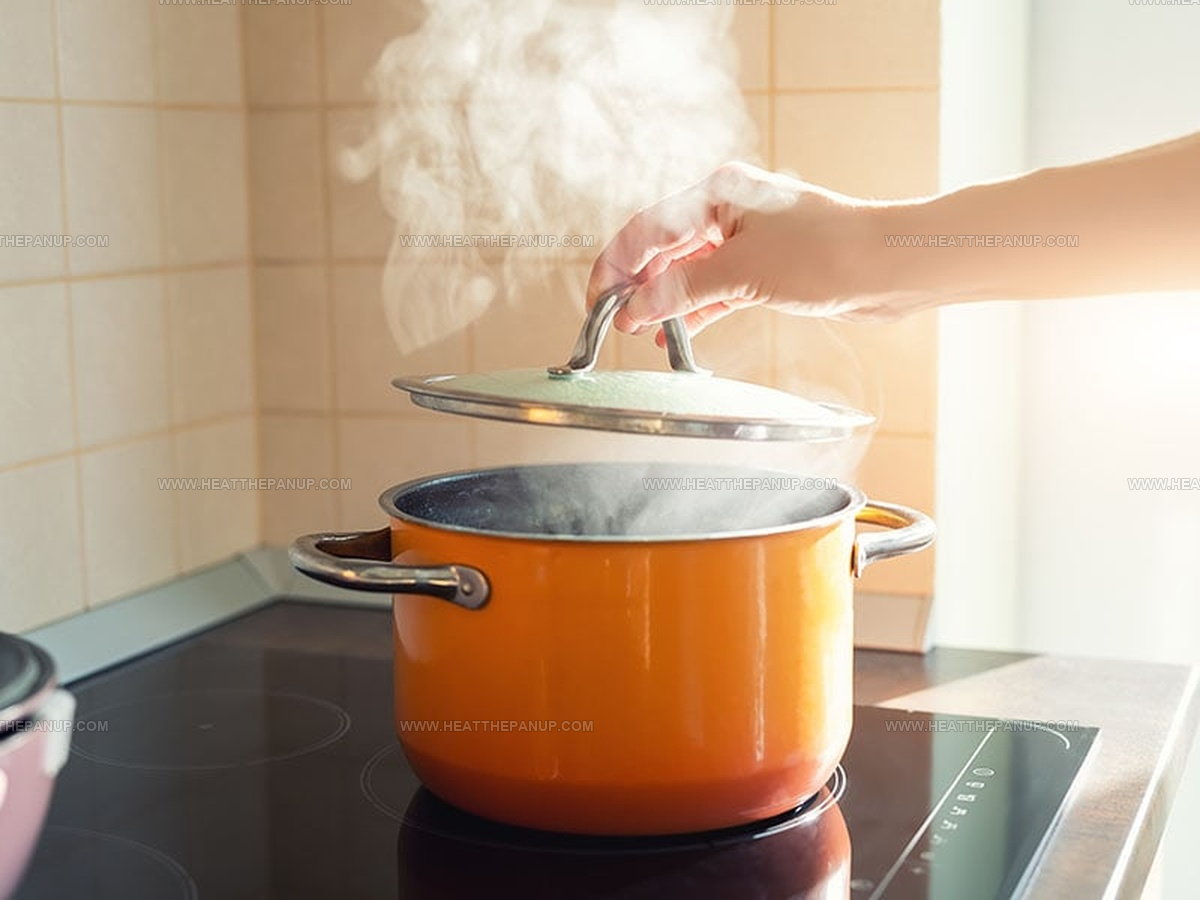
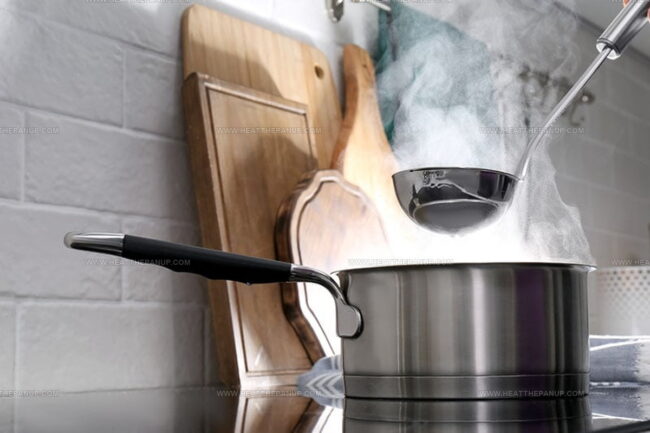
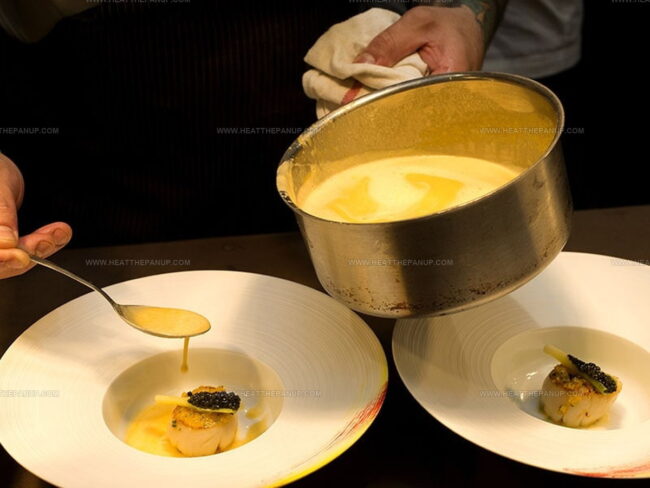
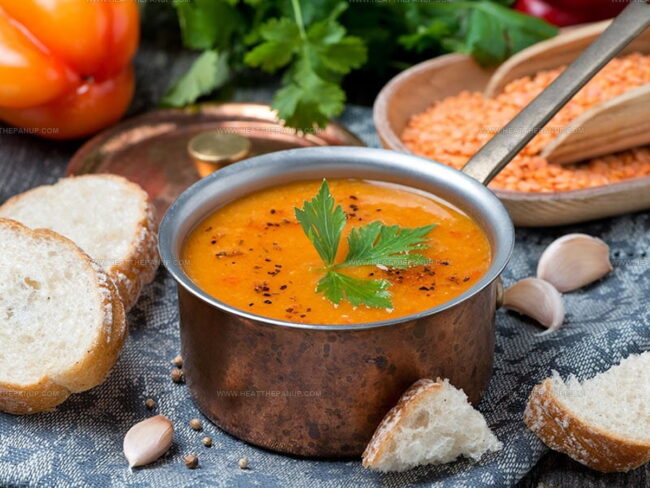
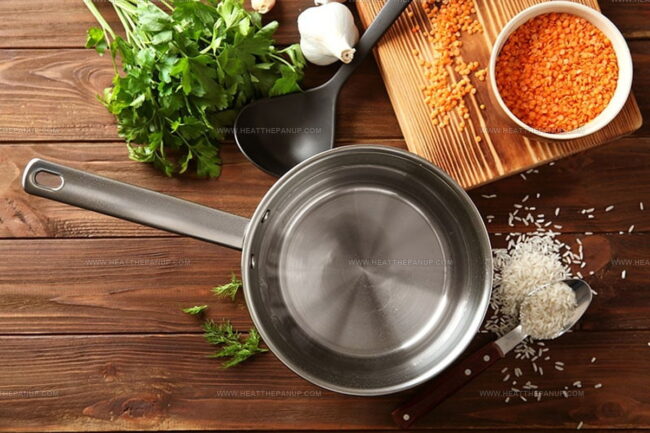
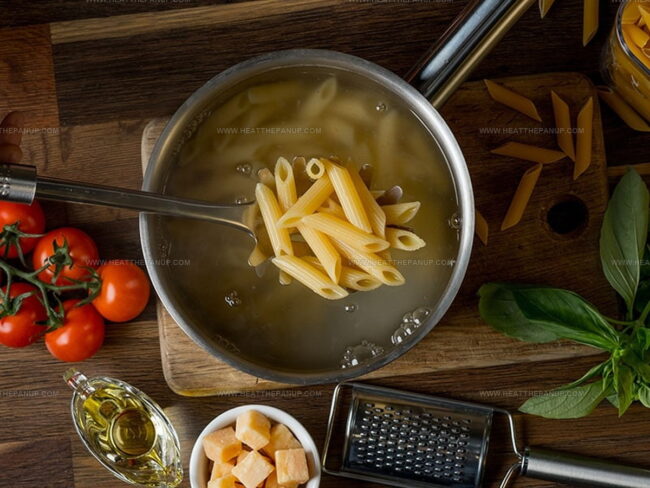
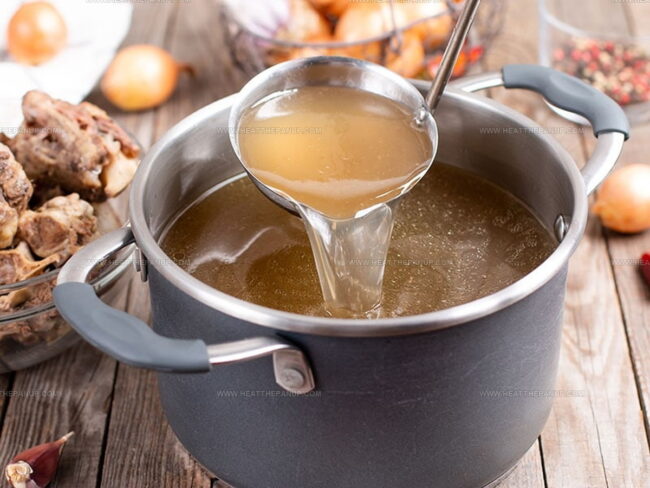
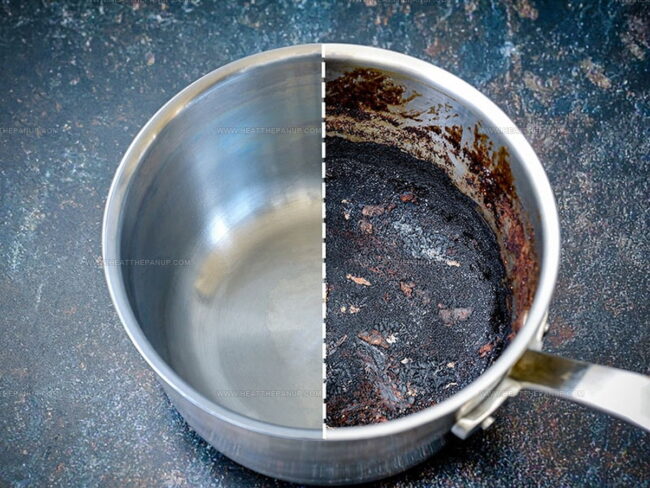
James Hambly
Founder & Recipe Creator
Expertise
Recipe Development, Culinary Education, Farm-to-Table Cooking, Southern Cuisine
Education
Asheville-Buncombe Technical Community College
Certificate in Culinary Arts
Focus: Hands-on training in professional cooking techniques, emphasizing farm-to-table practices and Southern cuisine.
The Chef’s Academy
Associate Degree in Culinary Arts
Focus: Comprehensive culinary education covering global cuisines, kitchen management, and food safety.
James grew up surrounded by the smells of cast-iron skillets and slow-cooked Southern meals in Asheville, North Carolina.
He sharpened his skills with a Certificate in Culinary Arts from Asheville-Buncombe Technical Community College, and later leveled up with an Associate Degree from The Chef’s Academy.
James’s philosophy is simple: the best meals don’t need fancy tricks, just fresh ingredients, a hot pan, and a little bit of heart. His favorite days are spent testing one-pan wonders, chasing bold flavors, and creating recipes that feel easy, even on a busy night.